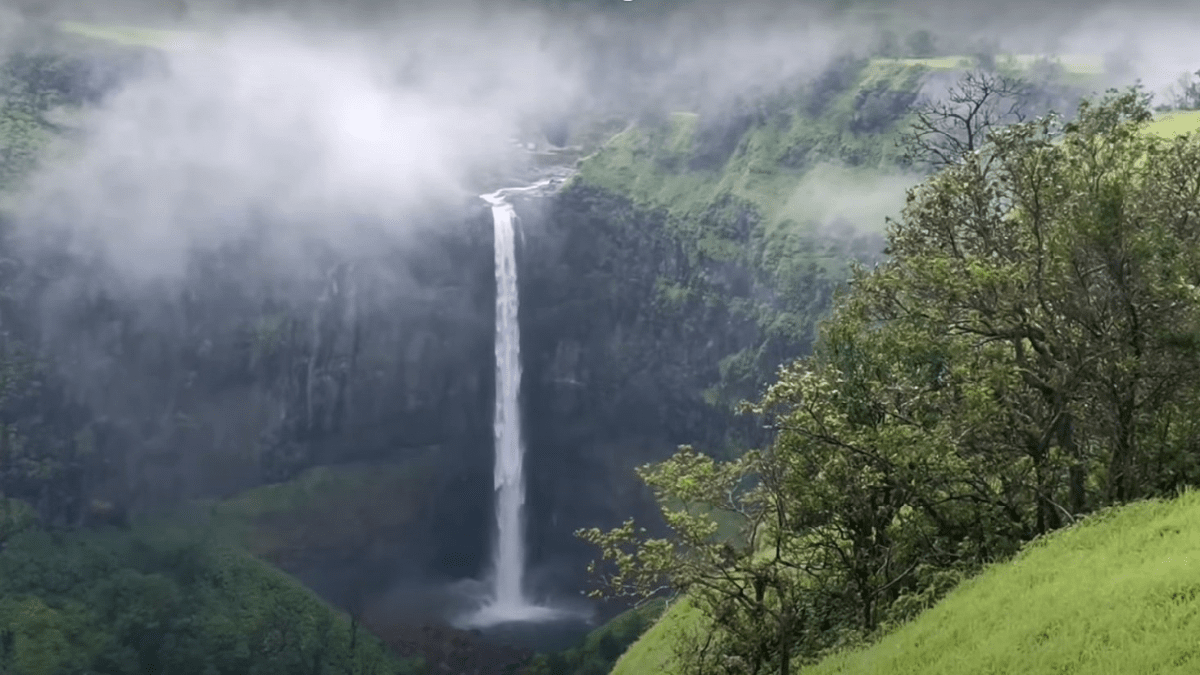Waterfalls, those captivating cascades of flowing water, have a mesmerizing quality that draws people from all walks of life to witness their beauty. But what exactly makes a waterfall move? This question delves into the fundamental forces of nature that govern the fluid dynamics of falling water. In this article, we’ll explore the key factors that contribute to the movement of waterfalls and the science behind this dynamic display of nature.
Gravity and the Force of Falling Water: At the heart of a waterfall’s movement is the omnipresent force of gravity. As water travels downstream in rivers or streams, it gradually gains potential energy due to its elevation above sea level. When the river encounters an elevation drop, such as a cliff or steep terrain, gravity takes over, pulling the water downward. This gravitational force propels the water over the edge, setting the stage for the dynamic movement of the waterfall.
Key Components Influencing Waterfall Movement:
- Elevation Difference: The primary factor influencing a waterfall’s movement is the difference in elevation between the upper and lower points of the waterfall. The greater the elevation drop, the more potential energy the water gains, resulting in a more powerful and dynamic waterfall. This height difference determines the force with which the water plummets, creating the visual spectacle that characterizes waterfalls.
- Flow Rate: The flow rate of water, or the volume of water passing through a specific point per unit of time, plays a crucial role in waterfall movement. A higher flow rate contributes to a more forceful cascade. The amount of precipitation, snowmelt, or upstream water sources directly affects the flow rate and, consequently, the intensity of the waterfall’s movement.
- Geological Features: The geological characteristics of the terrain also impact the movement of waterfalls. The presence of resistant rock layers, faults, or fractures can create varying shapes and formations, influencing how water descends. For instance, a waterfall may exhibit a free fall, a cascade, or a series of steps based on the geological features of its surroundings.
- Channel Morphology: The shape and morphology of the river or stream channel leading to the waterfall influence the water’s movement. Narrow, steep channels can accelerate the water, enhancing the dynamic nature of the waterfall. In contrast, wider channels may result in a more gradual descent.
Examples of Diverse Waterfall Movements:
- Free-Fall Movements: Waterfalls like Angel Falls in Venezuela showcase a free-fall movement, where water descends vertically, uninterrupted by the underlying terrain.
- Cascading Movements: Cascades, as seen in numerous waterfalls worldwide, involve a series of small steps or ledges that create a more gradual descent, producing a soothing and picturesque flow.
Conclusion: The movement of waterfalls is a captivating interplay of gravity, elevation, and the intricate characteristics of the surrounding landscape. As water descends with the force of gravity, it crafts the breathtaking spectacles that have fascinated humanity for centuries. Understanding the dynamics behind waterfall movement not only deepens our appreciation for these natural wonders but also sheds light on the remarkable forces shaping our planet’s landscapes.

